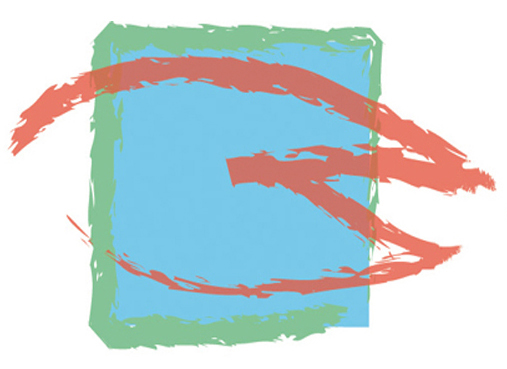Research & Resources
Exciting research has been done over the last 10 years, mostly under the banner of North QLD Crayfish Farmers Association and funded by NQCFA & AgriFutures (formerly RIRDC)NQCFA Selective breeding project
Back in 2007 NQCFA received a grant from RIRDC (now AgriFutures) for a selective breeding project (link to document) It involved a “cast of thousands”, well at least all the NQCFA farmers and a few academics and a geneticist. After 5 years of hard work managed by John Stevenson we produced a “domesticated redclaw” initially called the Tolga strain with superior growth over existing stock. AquaVerde has taken over the legacy of this project and although we haven’t continued with the highly managed breeding, we have kept the broodstock thoroughly mixed for the time when we have the capacity to continue this great piece of work.
AquaVerde is pretty proud that the first big use of our incubator was to help facilitate the selective breeding project. Without an egg incubator it would have been impossible to achieve the high level of control over the process needed.
To view the full report please click here
Survival projects
In 2014 AgriFutures funded a 5-year project titled “Eliminate factors inhibiting redclaw farming from reaching its full potential”
This is a project under the auspice of the North Queensland Crayfish Farmers association. Colin Valverde is the Principle Investigator and liaises and coordinates with the researchers.
This project has three main study areas to do with removing bottle necks in crayling production: a) “control of Aeromonas hydrophila in the hatchery” using bacteriophage therapy (Lisa Elliott), b) “crayling survival” (Clive Jones/ Damian Rigg) and c) “handling stress mortality” (Leigh Owens and co.)
To view the full report please click here

Nursery

New Worm
Tenmnocephalids are a type of commensal that live on crayfish. Many different varieties have been described. They generally make their living on the crayfish but are not actual parasites and in moderate numbers do no harm. However, a worm that we always saw while stripping the eggs from females kind of had us worried. It seemed to live buried deep inside the egg mass and its internals were the same colour as the egg yolk of redclaw eggs. Coincidence? We think not! We brought it to the attention of some JCU academics who thought it had never been described by science before. A new species?? An honours student, Jenifer Brand came to study the worms on our farm and produced a paper (see attached) And to our amazement it turns out that it was a new species and yes, it does feed off redclaw eggs. Although it’s not completely clear to us if they feed on healthy eggs or already dead eggs. So, may we present to you the newly discovered Decadidymus valverdi (link to picture). We are honoured to now have a small parasitic egg worm named after us! During the study we catalogued 5 species of temnocephalids on our redclaw. The Latin names are too difficult to pronounce so we called them Fatty, Scaly, Glider, Squidy and our newly discovered worm: “10 balls”. Look up the Latin Decadidymus to understand why we call them10 balls.

Bacteriophage
This is a method where bacteriophage are isolated from problematic bacteria, amplified and re-inoculated into the system to control specific bacteria. Bacteriophage are similar in action to virus and look a lot like them.

Virus
Resources
- ABC Landline on 8 August 2021: Redclaw Revival: New Breeding Technology for Farming Redclaw. view here
- Publicaction: “Development of mass production hatchery technology for the redclaw crayfish, Cherax quadricarinatus” Jones, Clive M., and Valverde, Colin (2020) view here
- Dr Clive Jones presented an overview of our hatchery at the International Association of Astacology in the USA in July 2018 view the PowerPoint file view the abstract
- Colin Valverde presented at the ABARES conference in Canberra in March 2017 – view PowerPoint Presentation – view video of Colin’s presentation
- NSW aquaculture article on AquaVerde
- ABC interview for the Country Hour in 2013 at the Redclaw Revolution Conference in Cairns.
- ABC audio interview with Colin Valverde at the Redclaw Revolution Conference in 2013
- “Farm online” article “Filling the knowledge gaps”
- Austasia Aquaculture, The first egg incubator in Australia – view the PDF file
- Jennifer Brand’s study on the newly discovered Temnocephallid Decadidimus valverdei – view the PDF file
